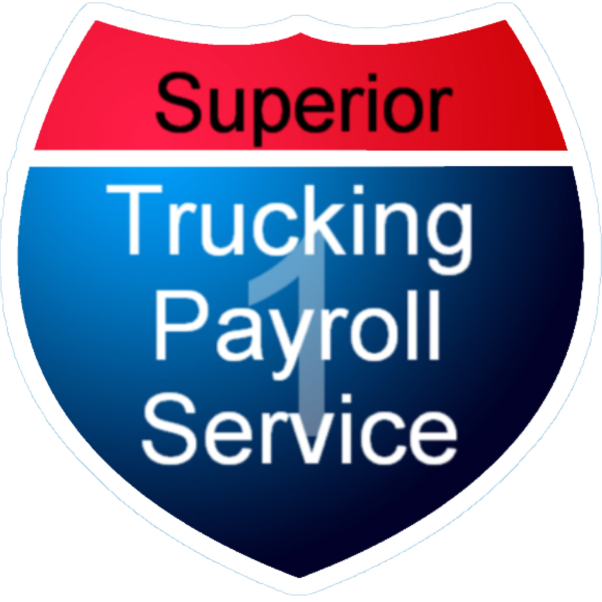Ever looked at your paycheck and wondered why so little federal income tax was taken out?
Or maybe you just filed your taxes and got hit with a surprise bill from the IRS?
You’re not alone—and this situation can be frustrating. But the good news is, it’s something you can check and correct before it becomes a bigger problem.
In this article, we’ll explain how your federal tax withholding works, what might cause it to be too low, and why it’s important for you to keep an eye on your paystub—especially if you’ve made any recent changes to your W-4. Whether the issue is from a mistake on your form or a payroll update that didn’t go through, we’ll help you understand what to look for and what steps to take next.
Top 4 Reasons Your Federal Tax Withholding Is Too Low
Federal tax withholding is the money taken out of your paycheck to go toward your income taxes. The amount is based on several things:
- What you entered on your W-4 form
- How often you're paid (weekly, biweekly, etc.)
If too little tax is being withheld, it could be for one of the reasons below.




You Filled Out the W-4 Incorrectly (and Didn’t Realize It)
In 2020, the IRS updated the W-4 to make it more accurate for people with:
- Multiple jobs or a working spouse
- Kids and the Child Tax Credit
- Other income like side gigs or investments
But with these changes came more complexity. A lot of people don’t understand the new layout, skip parts, or make guesses—and that can throw things off.
Even if your intentions were good, leaving certain boxes blank or misunderstanding instructions can result in very little or even zero federal tax withheld from your check.
Your Employer or Payroll Provider Made a Mistake
Even if you filled your W-4 out correctly, things can still go wrong if:
- The employer didn’t process your W-4 update
- The payroll company missed a change
- A system error caused your tax settings to default incorrectly
It doesn’t happen often, but it does happen. That’s why it’s so important to check your paystub regularly—especially if you submitted a new W-4.
If you recently made a change to your withholding and don’t see a difference on your check, speak up. It’s always better to catch an error early than to owe big later.
You Left Out Other Income Like Side Gigs or Investments
If you or your spouse work more than one job—or you have freelance, investment, or side gig income—you may not have accounted for that on your W-4. The IRS doesn’t know about other income unless you tell them on the form, which means they can’t withhold enough.
Claiming the Child Tax Credit Threw Off Your Withholding
The W-4 lets you enter details for claiming the Child Tax Credit. But doing that without adjusting your other withholdings might lead to not enough tax being taken out.
How to Catch Tax Withholding Errors on Your Paystub
Here’s the truth: you are the last line of defense when it comes to your paycheck.
Whether the issue came from the form, your employer, or the payroll provider, it’s your job to:
- Review your paystub regularly
- Make sure taxes are being withheld
- Confirm that any changes you request actually show up
If you submitted a new W-4 and nothing changed, don’t wait. Ask your HR or payroll team to confirm it was processed.
A five-minute check now can save you a big headache during tax season.
What to Do If You Think Too Little Tax Is Being Withheld
So, what if you suspect your withholding is too low—or you’re just not sure?
-
Start by Checking With Your Employer
If you recently submitted a new W-4 or requested a change, the first thing to do is check with your employer’s HR or payroll team. They can confirm whether your form was received and if the update was entered correctly. Mistakes or delays do happen, and it’s always smart to double-check before assuming something else is wrong.
-
Talk to a Tax Professional
They can help you fill out your W-4 correctly based on your full situation, including other income, deductions, and tax credits. This is the safest way to make sure you’re on track.
-
Use the IRS Withholding Estimator
The IRS has a helpful tool online called the Tax Withholding Estimator. It’s free and gives you a personalized guide for completing the W-4. Just search: IRS Tax Withholding Estimator.
Why You Shouldn’t Rely on Your Employer for Tax Advice
Even though payroll teams and employers do their best, they aren’t allowed to give you tax advice. If they try to help and you still owe taxes, it could cause confusion or frustration for everyone involved.
That’s why we recommend using trusted tools or speaking directly with a tax professional.

Final Takeaway: How to Avoid Surprises at Tax Time
If you’ve been wondering why so little federal tax is being withheld from your paycheck, now you know the most common reasons—and that you’re not stuck with the issue.
This can be a frustrating problem, especially if it leads to an unexpected tax bill. Whether it stems from a W-4 error, unreported income, or a payroll processing glitch, the result is the same: stress and confusion.
To stay in control, check your paystub regularly, use the IRS Withholding Estimator, and consult a tax professional if needed. These small steps now can save you a big headache later.
At Superior Trucking Payroll Service, we believe that understanding your paycheck is one of the smartest financial moves you can make. We’re here to support employees and employers in getting payroll right the first time—because when you’re informed, you’re empowered.
Written by Mike Ritzema
Before founding Superior Trucking Payroll Service, Mike was the CFO of a trucking company with 80 trucks and a thriving brokerage. This experience gave him the perspective that a payroll solution has to make the lives of the office people better. All the solutions he has designed are to benefit everyone. Our company mission is to help trucking families and that includes the company owners, the drivers, and the office.

